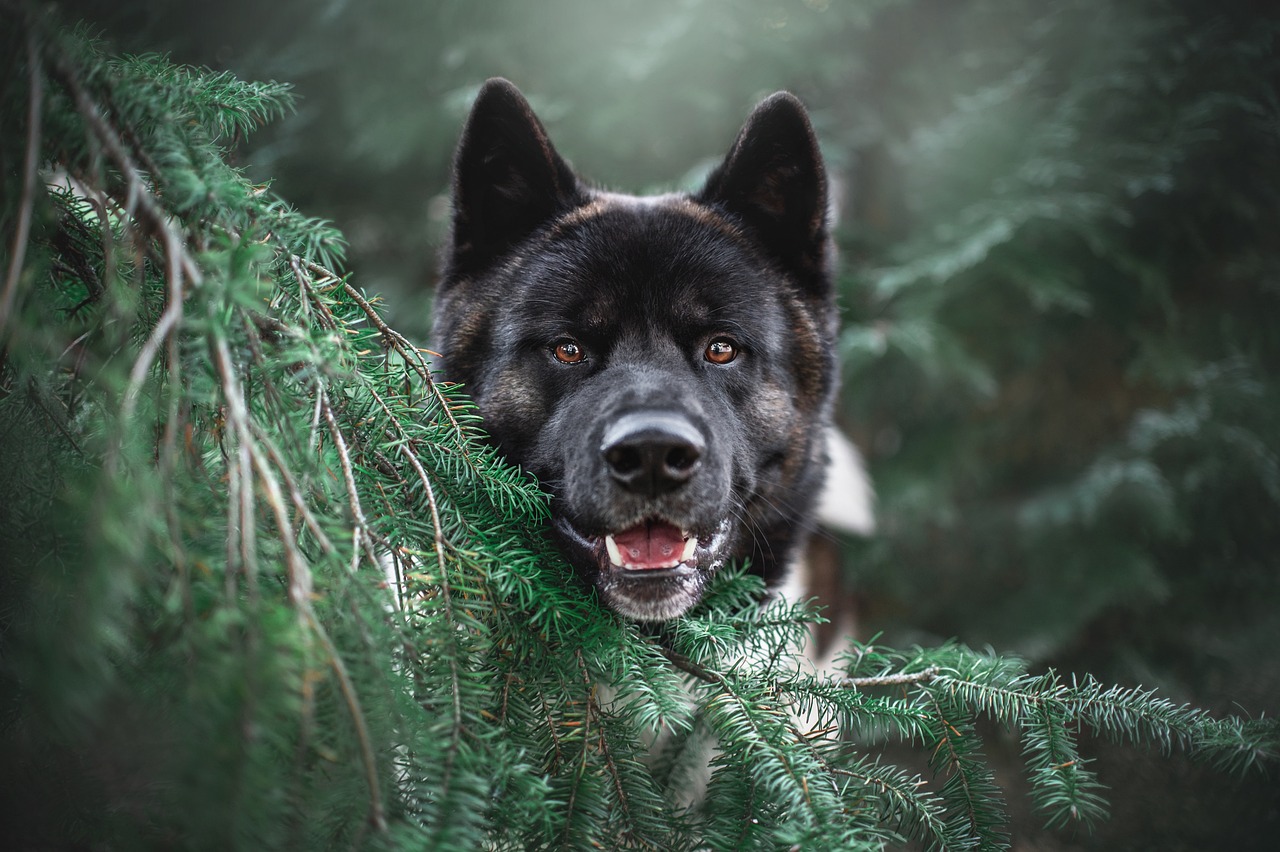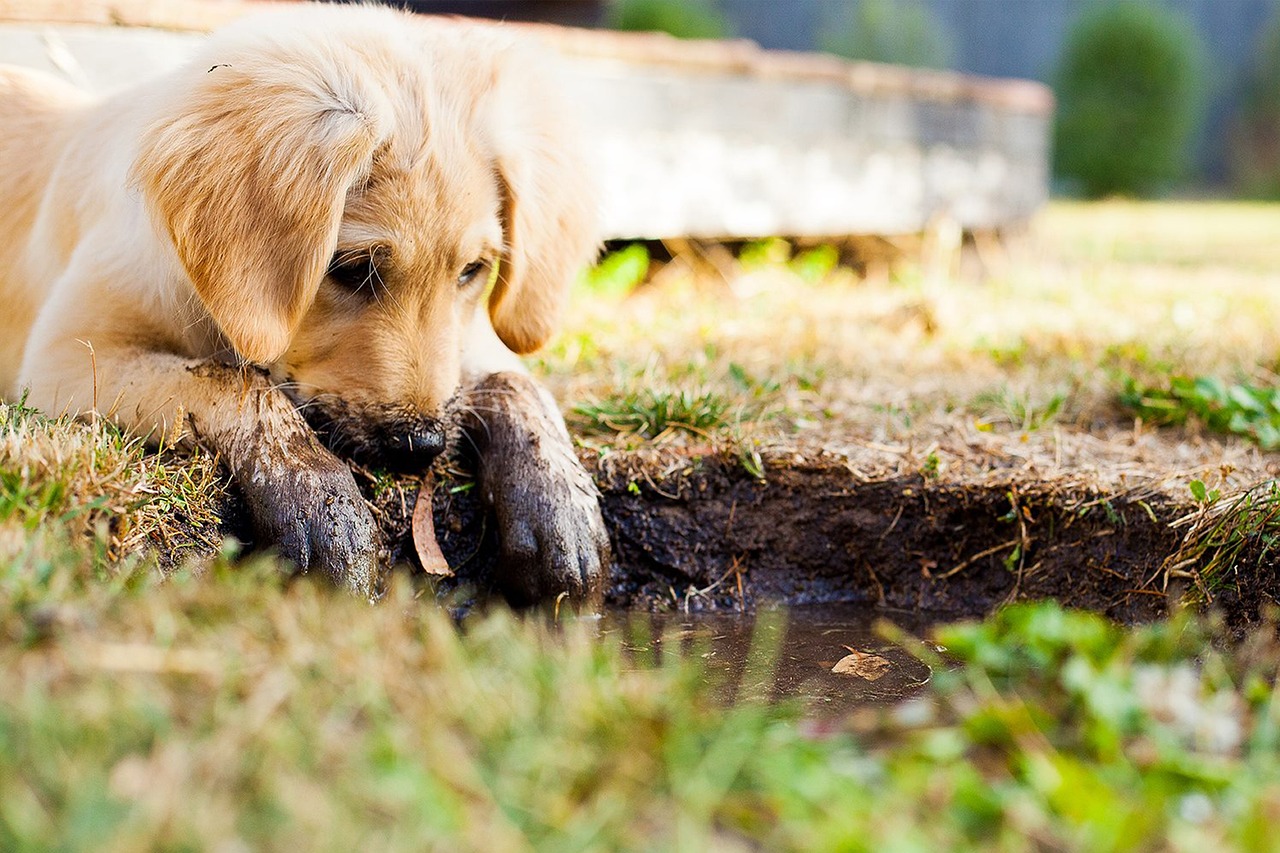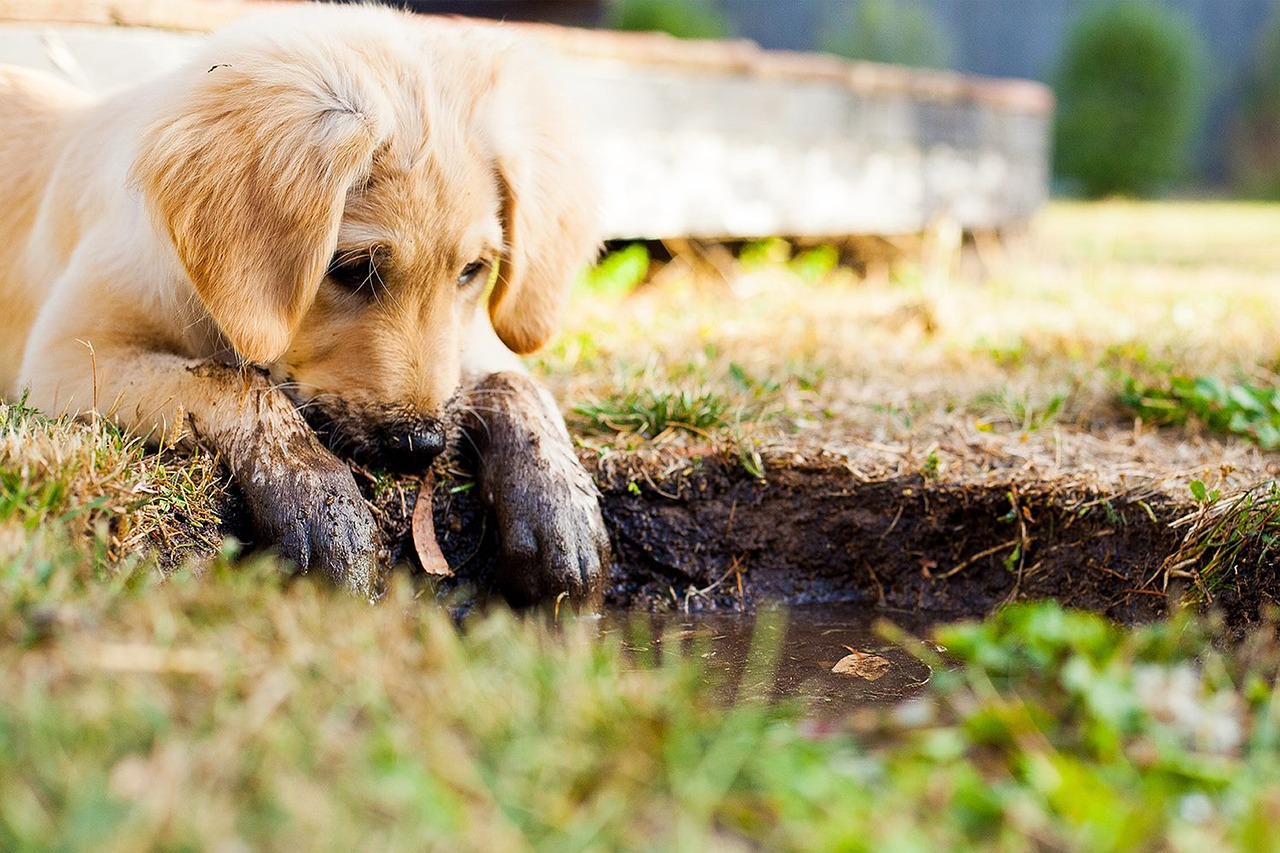Dogs have an extraordinary sense of hearing that far surpasses that of humans. Their ability to detect sounds at higher frequencies and from greater distances plays a crucial role in their communication and interaction with the world around them. Understanding these auditory characteristics can help dog owners enhance their pets’ training and overall well-being. In this blog, we will delve into the fascinating auditory traits of dogs and how they impact their behavior. Join me as we uncover the intricacies of canine hearing!
The Anatomy of a Dog’s Ear
Structure and Functionality
A dog’s ear is a remarkable structure that plays a vital role in its exceptional hearing capabilities. The outer ear, known as the pinna, is designed to capture sound waves efficiently. Unlike humans, dogs have more mobile pinnae, which can swivel and tilt to pinpoint the source of a sound with impressive accuracy. This anatomical feature allows them to funnel sounds into the ear canal more effectively, amplifying their ability to detect even the faintest noises.
The middle ear contains small bones called ossicles that transmit sound vibrations from the eardrum to the inner ear. In dogs, these bones are finely tuned to pick up a broader range of frequencies than those found in human ears. Finally, the inner ear houses the cochlea, where sensory hair cells convert sound vibrations into electrical signals that are sent to the brain. The entire structure works in harmony to provide dogs with an extraordinary auditory experience.
Frequency Range
One of the most astonishing aspects of canine hearing is their ability to perceive sounds at much higher frequencies than humans can. While humans typically hear sounds in the range of 20 Hz to 20 kHz, dogs can detect frequencies as high as 65 kHz or even higher. This heightened sensitivity allows them to hear sounds that are inaudible to us, such as the high-pitched calls of rodents or the subtle rustling of leaves caused by small animals.
This capacity for detecting high frequencies is not just fascinating; it has practical implications for how dogs interact with their environment. For example, many dog training tools and toys incorporate high-frequency sounds that attract a dog’s attention and encourage engagement. Understanding this aspect of canine hearing can help owners choose appropriate training methods and create stimulating environments for their pets.
Sound Localization
Dogs excel at sound localization, which is the ability to determine where a sound originates from in their surroundings. This skill is crucial for their survival instincts and social interactions. By using both ears independently, dogs can calculate the direction and distance of a sound source with remarkable precision. They rely on differences in volume and timing between each ear to triangulate where a noise is coming from.
This ability not only aids in hunting but also enhances their communication with fellow dogs and humans. For instance, when a dog hears its owner calling from another room or outside, it can quickly identify where the voice is coming from and respond accordingly. This instinctive behavior showcases how integral auditory perception is to a dog’s daily life.
The Impact of Age on Hearing
Young Puppies vs. Adult Dogs

Puppies are born with their ears closed and begin developing their hearing abilities within weeks after birth. By around three weeks old, they start responding to various sounds around them. As they grow into adulthood, their hearing becomes increasingly refined, allowing them to react more adeptly to different auditory stimuli.
Adult dogs generally maintain excellent hearing throughout most of their lives; however, just like humans, they may experience changes as they age. Senior dogs often face age-related hearing loss due to degeneration within their auditory systems. This gradual decline may result in difficulty hearing certain frequencies or localizing sounds effectively.
Understanding these changes can help pet owners adapt training techniques or modify environments for older dogs who may struggle with auditory cues. Additionally, recognizing signs of hearing loss—such as not responding when called or appearing disoriented—can prompt timely veterinary care.
Health Factors Affecting Hearing
Several health factors can influence a dog’s auditory capabilities throughout its life span. Ear infections are among the most common issues that can lead to temporary or permanent hearing loss if left untreated. Regular check-ups with a veterinarian can help detect such problems early on before they escalate into serious conditions.
Moreover, certain breeds are genetically predisposed to develop hearing impairments or deafness due to inherited traits. For example, Dalmatians have a higher incidence of congenital deafness compared to other breeds. Responsible breeding practices aim to reduce these occurrences by screening parent dogs for hereditary conditions that could affect offspring.
Owners should be vigilant about any changes in their dog’s behavior related to sound perception—such as increased anxiety during loud noises or failure to respond when called—which could indicate underlying health issues requiring attention.
Preventative Measures for Healthy Hearing
Maintaining your dog’s auditory health involves several preventative measures that can significantly enhance their quality of life. Regular grooming practices should include cleaning your dog’s ears safely and effectively since excessive wax buildup may lead to infections or discomfort.
Additionally, avoiding exposure to loud noises whenever possible is essential for preserving your dog’s sensitive hearing abilities. Sounds like fireworks or thunderstorms can be particularly distressing for many dogs; thus providing a safe space during such events—complete with comforting items like blankets or toys—can help ease anxiety associated with loud sounds.
Lastly, incorporating mental stimulation through games that involve listening—like hide-and-seek using verbal commands—can keep your dog’s mind sharp while reinforcing positive associations with sound cues throughout their lives.
The Role of Sound in Dog Training

Using Auditory Cues Effectively
Incorporating auditory cues into dog training sessions plays an integral role in shaping desired behaviors effectively. The key lies in choosing distinct commands that stand out from one another so your dog can easily differentiate between them during training exercises.
For instance, pairing verbal commands like “sit” or “stay” with unique tones helps reinforce learning processes by associating specific sounds with particular actions over time—a technique known as classical conditioning.
Furthermore, utilizing positive reinforcement alongside these cues—such as treats or praise—creates an encouraging environment conducive for learning new skills while strengthening bonds between you and your pet through shared experiences based on sound recognition.
Being consistent with these auditory cues will ensure your dog understands expectations clearly while boosting confidence levels over time through successful interactions grounded in effective communication strategies centered around sound recognition.
Clicker Training: A Sound-Based Methodology
Clicker training has gained popularity among dog trainers due primarily because it capitalizes on utilizing distinct sounds—in this case—the clicker itself—as an immediate marker signaling desired behaviors performed by pets during training sessions effectively.
When employing clicker training techniques correctly involves timing clicks precisely following good behavior followed immediately by rewards reinforces positive associations surrounding actions performed leading ultimately towards improved responsiveness over time regardless of breed differences present amongst canine companions participating within structured learning environments involving audible markers signaling success achieved throughout respective trainings undertaken together!
This method encourages enthusiasm towards learning while fostering trust between owner/handler pairs working collaboratively toward achieving mutual goals rooted firmly within shared understanding built upon consistent reinforcement delivered through audible cues utilized strategically throughout various stages involved within overall process enhancing overall outcomes experienced collectively!
The Importance of Socialization Through Sound

Sound also plays an essential role during socialization periods for puppies as they encounter various environmental noises encountered regularly outside home settings! Early exposure helps develop resilience against potential fears stemming from unexpected loud noises later down road when transitioning adulthood phases faced upon reaching maturity levels expected within canine lifespans!
Introducing puppies gradually towards diverse sounds—from traffic passing nearby parks filled children playing merrily outdoors—prepares them adequately handling future encounters without becoming overly anxious stressed reacting negatively situations arise unexpectedly leading potentially detrimental consequences affecting overall well-being if not managed properly beforehand ensuring healthy relationships fostered alongside experiences gained through exposure early on!
Creating safe spaces where pups feel comfortable exploring new environments filled exciting opportunities awaits discovery encourages curiosity fosters growth develops well-rounded adaptable individuals capable navigating challenges posed real-world scenarios faced daily promoting positive outlooks maintained throughout lives lived alongside loving families devoted nurturing supportive relationships established over time!
The Connection Between Hearing and Behavior
Auditory Triggers for Anxiety
Dogs often exhibit behavioral responses influenced significantly by what they hear around them regularly! Certain sounds like thunderclaps fireworks sudden loud noises may trigger anxiety responses manifesting through pacing whining hiding away seeking solace comfort offered familiar spaces surrounded loved ones present nearby willing support calming presence felt reassuringly amidst chaos ensuing outside world!
Recognizing triggers helps owners identify patterns leading interventions designed alleviate stressors impacting daily routines experienced by beloved companions living harmoniously together ensuring peace tranquility maintained household environments fostered nurturing supportive atmospheres conducive relaxation enjoyment activities shared mutually amongst family members including furry friends involved every step way!
Implementing desensitization techniques gradually introducing pets previously feared stimuli controlled settings slowly increasing exposure levels prevents overwhelming feelings arising unexpected situations encountered outside creating safe spaces promote confidence growth development resilience built strong foundations laid earlier moments spent together nurturing bonds established nurtured further strengthen over time shared experiences encountered along journeys taken together exploring world beyond homes!
The Influence of Sound on Play Behavior
Playtime serves vital function within canine lives providing outlets energy creativity allowing expressiveness flourish freely without constraints imposed everyday routines! Incorporating auditory elements during play enhances engagement excitement experienced fostering deeper connections formed between players involved facilitating joyful interactions filled laughter love shared moments cherished forever etched memories created along paths traveled together discovering joys simple pleasures derived companionship experienced fully enjoyed unconditionally given without reservations held back whatsoever!
Toys designed emit intriguing sounds whether squeaky balls crinkly fabric pieces create captivating auditory stimuli captivate attention encouraging playful pursuits igniting enthusiastic responses eliciting joy satisfaction derived successful endeavors undertaken collaboratively strengthening bonds forged through shared victories celebrated loudly triumphantly resonating hearts souls alike reminding everyone involved importance cherishing every single second spent enjoying each other’s company wholeheartedly!
Understanding preferences individual personalities unique characteristics exhibited amongst different breeds helps tailor experiences maximize enjoyment derived fulfilling relationships developed overtime enhancing quality lives lived side-by-side enriched immeasurably through mutual respect trust cultivated deep-rooted connections nurtured lovingly cared deeply fostering happiness flourishing abundantly thriving harmoniously together forevermore blessed fortunate enough share journeys walked hand-in-paw traversing landscapes vast filled wonders waiting discovered eagerly awaiting exploration beckoning adventurers set forth embark upon quests awaited eagerly anticipated longingly dreamt far wide horizons beckoning brightly shining hope illuminating paths ahead guiding travelers forth boldly bravely onward seeking treasures hidden beneath surface realities revealed unfolding gracefully beautifully painted canvases life painted vibrantly colors emotions felt deeply resonating profoundly echoing sentiments shared lovingly cherished eternally treasured always remembered fondly reminisced joyfully celebrated endlessly boundlessly everlasting legacies left behind woven intricately tapestries woven hearts intertwined souls united forevermore!
Communication Through Sounds
Dogs communicate extensively using vocalizations ranging barks growls whines howls each serving purposes conveying messages intended audiences receiving them carefully discerning nuances embedded tones inflections conveyed meanings underlying significance expressed uniquely tailored contexts presented circumstances surrounding interactions taking place momentarily unfolding before eyes ears attentive listeners eager understand messages conveyed meant delivered sincerely heartfelt intentions rooted deep love compassion genuine concern well-being expressed openly unreservedly embracing opportunities connect establish meaningful dialogues initiated spoken language understood universally transcending barriers separating beings worlds apart striving bridge gaps foster unity coexistence harmony flourished beautifully blossomed amidst diversity embraced wholeheartedly celebrated joyously enriching lives lived side-by-side sharing experiences shaped molded transformed lifelong journeys embarked upon together traversing landscapes vast filled wonders awaiting discovery unveiling secrets hidden depths hearts minds yearning explore discover truths revealed illuminating pathways illuminated brightly guiding footsteps forward courageously boldly embarking adventures awaited anxiously anticipated longing fulfillment dreams aspirations cherished dearly forever etched memories created timeless legacies woven tightly threads woven love friendship kindness compassion understanding shared generously generously gifted willingly bestowed blessings bestowed upon all fortunate enough partake joyous celebrations life lived vibrantly wholeheartedly passionately engaged fully immersed richness experiences shared cherished held dear treasured always remembered fondly reminisced joyfully celebrated endlessly boundlessly everlasting legacies left behind woven intricately tapestries woven hearts intertwined souls united forevermore!
Closing remarks
Understanding the anatomy and functionality of a dog’s ear is crucial for any pet owner. By recognizing how dogs perceive sound, we can enhance our communication and training methods. Additionally, being aware of age-related changes and health factors affecting hearing can lead to better care for our furry companions. Ultimately, fostering an environment that respects their auditory sensitivities will contribute to their overall well-being.
Helpful extra information
1. Regularly check your dog’s ears for dirt or wax buildup to prevent infections.
2. Use positive reinforcement techniques during training to encourage good behavior.
3. Gradually expose your puppy to various sounds to build confidence and reduce anxiety.
4. Keep your dog away from loud noises whenever possible to protect their hearing.
5. Schedule routine veterinary check-ups to monitor your dog’s auditory health.
Summary of the main content
This article delves into the intricate structure of a dog’s ear and its significance in enhancing their remarkable hearing abilities. It explores how dogs perceive a wider range of frequencies compared to humans, as well as their exceptional skill in localizing sounds. The impact of age on hearing, along with health factors that can affect auditory capabilities, is discussed. Furthermore, it emphasizes the importance of sound in training and socialization, highlighting how auditory cues can shape behavior and strengthen bonds between dogs and their owners.






